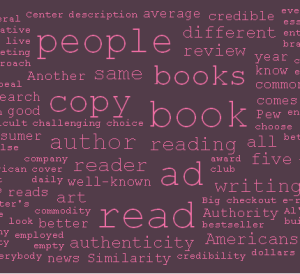 Formatting a book for publication as an eBook can be easy, but it can also be frustrating. eBooks are much simpler than print books, simpler in that they allow fewer frills and so have more rigorous constraints. Here is a nuts-and-bolts review of the basics for eBook formatting.
Formatting a book for publication as an eBook can be easy, but it can also be frustrating. eBooks are much simpler than print books, simpler in that they allow fewer frills and so have more rigorous constraints. Here is a nuts-and-bolts review of the basics for eBook formatting.
Size/Margins
If you’d previously prepared your book for print publication, you can pretty much undo all that. eBooks do not need headers or footers or page numbers, so get rid of all of those. If you had sized your print book to 6”x9” or 5.5”x8.5” with a ¼” gutter, toss out all of that. Format your book to 8-1/2”x11”, normal margins (as opposed to mirror margins) with a 0 gutter.
Justification
Again, if you’d formatted for print and had your text fully justified (lined up on both the left and right side of the paragraph), now make it all left justified with a ragged right edge. eReaders are a completely different animal than print pages, and because your text will flow from one screen to another based on the size of the text chosen by the reader, right justification will only cause you (and your reader) grief. Continue reading “eBook Formatting 101”



 A Pingback is not merely the sound of elastic being twanged on Cathy Speight’s catapult as she aims her ammunition at Chris James. It is, in fact, a type of comment that’s created whenever you link to another WordPress.com post (provided the blog the post appears on has pingbacks enabled). The best way to think about pingbacks is as remote comments:
A Pingback is not merely the sound of elastic being twanged on Cathy Speight’s catapult as she aims her ammunition at Chris James. It is, in fact, a type of comment that’s created whenever you link to another WordPress.com post (provided the blog the post appears on has pingbacks enabled). The best way to think about pingbacks is as remote comments: